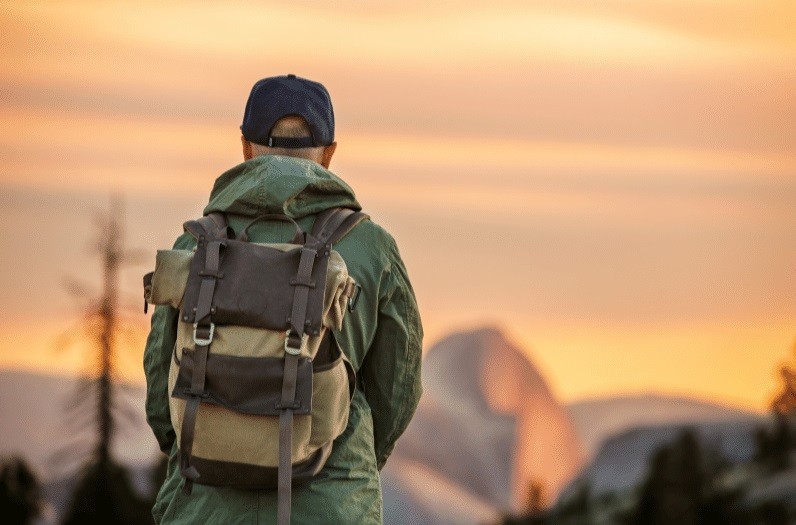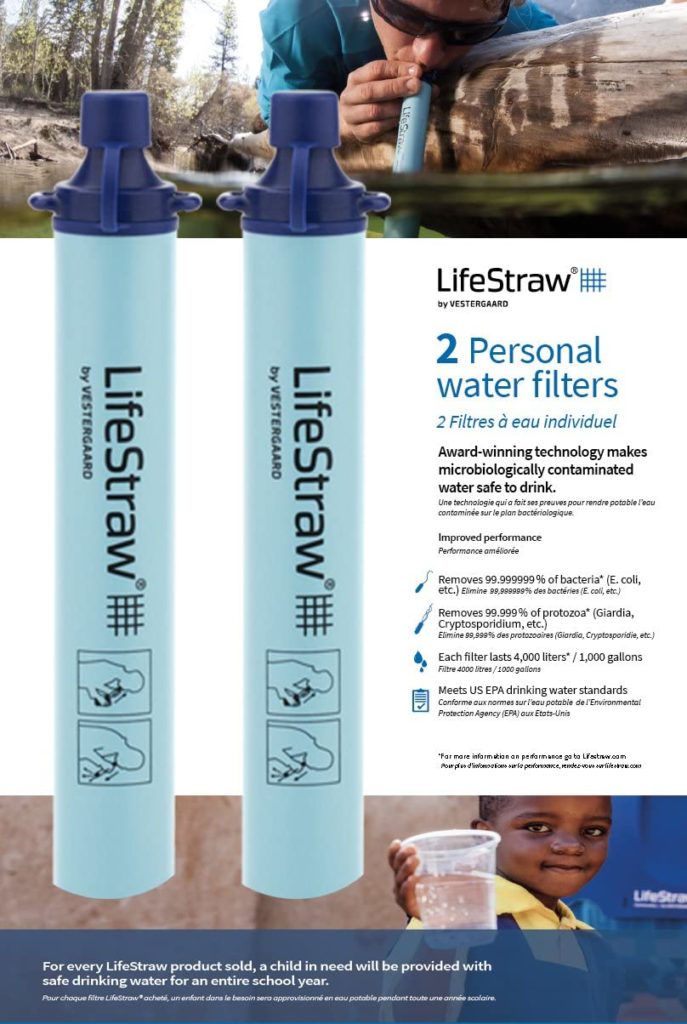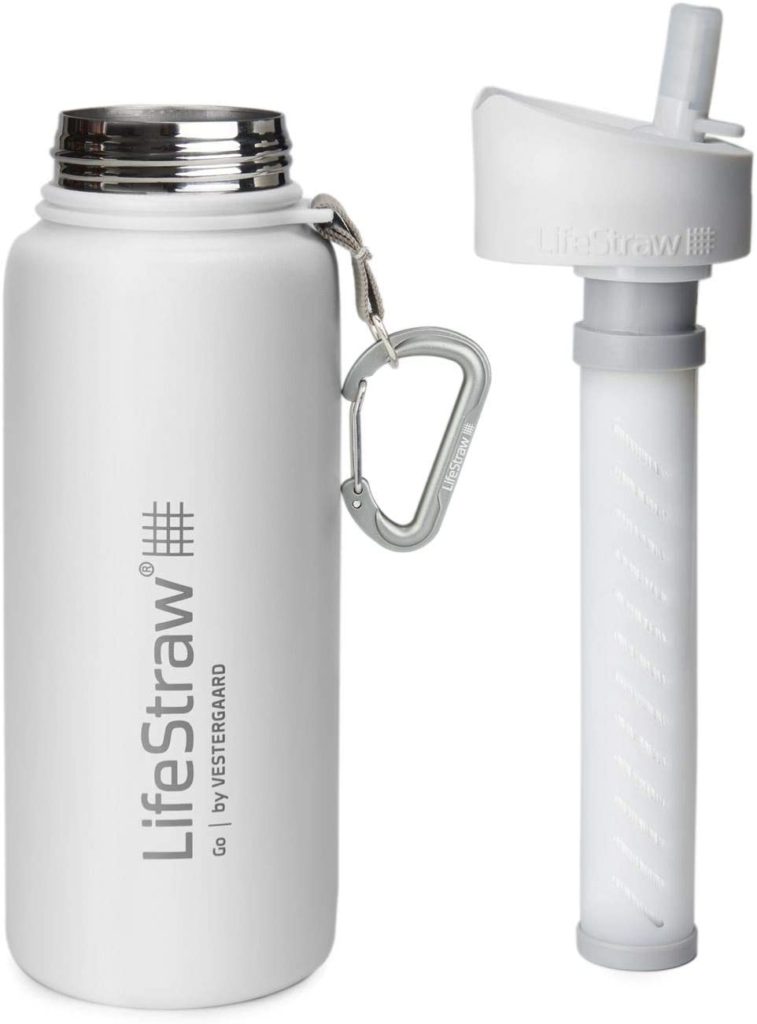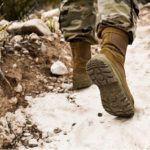Every prepper knows that early preparation is pivotal in any crisis survival strategy. And a well-equipped prepper needs an emergency bag that contains the necessary essentials to help them survive.
Emergency bag, Go Bag, Get home bag are but a few phrases often used synonymously in the preppers world to describe a Bug out bag. Whatever you call it, this emergency bag is an emergency ensemble with a specific function and purpose for any crisis you might face.
As a survivalist, whether new or a veteran, there’s a list of must-have bug out bag packing essentials. These are essentials for daily living, self-defense, logistics, and health. Consequently, you’d have better odds to survive potentially dangerous situations that may happen in your not so typical day.
This comprehensive guide reveals what to include, what to leave out, how long your supply might last you, and the ideal size of an emergency bag. Prepping should be easier if you get things done in advance and review your preparedness from time to time.
Basic Stuff to Have in an Emergency Bag
Emergency bag essentials can vary, but there are items that should be found in all bags. We used the data compiled in our beginner’s guide to survival preparedness article. We also used the information given by emergency preparedness and survivalism experts, and applied various axioms from the U.S. Army Survival Manual and the Boy Scout of America Handbook. The following are the basic prepper and survival essentials you at least need as a minimum of what you should have.
Clothes
You don’t need fancy clothes in your emergency bag. Depending on the season, a sweatshirt or a t-shirt and yoga pants would be just fine. If you have young kids, remember to include clothes for them, and diapers if necessary. Consider folding the emergency clothes into a tight roll to occupy less space.
Non-Perishable, Healthy Snacks
In a crisis, you may not have the time to stop and eat. That is why you need easy-to-eat foods and drinks to keep you going. It could be a granola bar, peanuts, trail mix, shelf-stable beverages, canned meat, or a protein bar. High calorie, high nutrition, non-perishable snacks are the goal here.
Don’t forget to check the expiration dates annually, and update or swap them out as necessary. Foods that are closer to the expiration dates can be eaten, or donated.
Water
An emergency bag should never miss a bottle of water. You may need it to cool the car, wash a sticky toddler, or hydrate.
First Aid Kit
You can either put together a first aid kit or buy a self-contained one. But it is generally easier to buy a complete kit. An excellent first aid kit needs to have a thermometer, alcohol swabs, vinyl gloves, ace bandage and clips, and Band-Aids.
Antihistamine, Acetaminophen, and Ibuprofen
The symptoms of allergic reactions, bug bites, or seasonal allergies require an antihistamine. And if someone sprinkles an ankle or develops an impending headache, they might need a painkiller to alleviate the discomfort. Notably, both ibuprofen and acetaminophen are painkillers but can be used in different situations. For instance, ibuprofen also decreases inflammation. So, make sure that you pack both in the emergency bag. If you are using prescription drugs for any medical conditions, you also need to stock a minimum of three days’ supply of the medicines in your kit.
Extra Batteries and a Flashlight
As much as your phone has a flashlight feature, using it to light up the way can drain your battery really fast. Consider having an LED flashlight, which is usually lightweight and small. Also, have some extra batteries to replace the old ones.
Wall Plug Charger and a Portable Battery Pack
You probably have a charger in your car, but what if you are stuck somewhere for hours? A wall charger can make it possible for you to keep communicating with your loved ones in the hospital or the hotel. If you are on the go, you may need the USB charger to connect your cell phone to the portable battery pack and remain reachable.
Cash
Whatever amount you can afford to have in the emergency bag, $5 or $50, it is crucial to have some money in there. Some purchases can only be made in cash, for instance, buying something in a vending machine, or if the power is down and credit card machines aren’t working. You may not be able to count on getting change for your emergency purchases so carry small bills.
How Long Should an Emergency Supply Last?
The items in your emergency bag can last you through an overnight emergency or long enough through a 3-day evacuation or during a natural disaster. You simply have to make some modifications to suit the crisis you want to prepare for.
Water Adjustments
One gallon of water is enough to take you for a day. Therefore, you can approximate the amount of water you need based on the number of days you expect to be away from your house. If it is unpredictable, like most disasters are, pack up some water purification tablets.
It is worth noting that water is heavy and can wear you out fast if you carry lots of it. For instance, 3 liters of water can weigh approximately 6.6 lbs. So, if your specific bug-out region has water in abundance, learning how to purify might be a better option.
One of the easiest ways to filter raw water you come across and avoid getting sick is using an award-winning water filter device called LifeStraw Personal Water Filter. This is an easy-to-carry, thin, and light device that you should insert in your water bottle and sip directly from the bottle. This is an inexpensive device popular among survivalists as it filters heavy metals, chemicals, bacteria & parasites, and microplastics.
Some other survivalists prefer the LifeStraw Go Water bottle, which comes as a complete filter bottle.
Food Adjustments
Ideally, your body requires a minimum of 1600 calories in a day. Most manufacturers indicate the number of calories in their products, making it easier for you to plan for an emergency. But if you are unsure about it, you can look go online and look up the calorie content of the specific foodstuff.
Paperwork Addition
You want to salvage your important documents in the event of a disaster without spending too much time looking for them. Your marriage certificate, birth certificate, and children’s birth certificatesshould be in a waterproof package.
How Big or Small Should an Emergency Bag Be?
Now that you know the basic stuff to keep in your bug-out bag, it is essential to understand the ideal size of an emergency bag. Too big or too small is relative. Ask yourself:
- Can I carry the load for at least three days?
- Can I run as fast as I can for my dear life while carrying the emergency bag?
Weight
An emergency bag should be comfortable and easy to carry when an emergency happens. Consider placing the lighter items at the bottom and the heavier ones at the top. This ensures that your lower back is not straining and your shoulders carry most of the weight. Once you’ve packed your bag, try running or walking for a couple of minutes to get the feel of it.
You can use the basic formula to ensure that you do not carry more weight than is ideal and for more accuracy. This means that your emergency bag should ideally weigh 10% of your weight and should not exceed 20% of the same weight. Notably, you are likely to fatigue quickly with a bag that is 20% of your weight, and you should only consider it if your physical condition is at its peak.
Support
An emergency bag could be of the right size but can make you uncomfortable if it lacks suitable support systems. For instance, you need shoulder straps that are wide and padded. This ensures that you can wear it for more extended periods without much discomfort.
Hip straps and padding helps redistribute the weight of your emergency bag. Thus, your shoulder and your back won’t bear the weight alone and end up aching. Additionally, webbing allows you to attach more items to the bag and have enough for at least 72 hours.
Items Worth Leaving Out
It is advisable to leave out bulky items that can eat up a lot of space, especially if they have lighter and smaller substitutes.
Heavy Food Stock, Cooking Pots, or Stove
Carrying a lot of food can make your emergency bag too heavy and minimize the caloric benefit of what you eat. A three-day worth of food is ideal, and the trick is to consume the heavier packages first. And if you have survival skills, you can get bonus food to supplement what you packed.
If you pass by a lake or river, you can find a stick to tie to your hook and fishing line and catch something for dinner. Stoves and cooking pots won’t be necessary because you can put the fish next to the fire, and its skin will help cook it.
A Tent
Sleeping out without a tent can be pretty scary, but consider practicing it in your backyard first – and you will find it easier to sleep under the stars when the need arises. You don’t need to carry a tent with all its bulkiness, yet you can build a shelter with what will be available.
The low-hanging branches of pine trees offer excellent shelter from the wind and the rains. If you find shallow caves and rock hangings, you can use them for the night if you ascertain that there are no unwanted animal guests. If these options are unavailable, you can make a lean-to shelter using a tarp.
To help you pick the right tent for you if you choose to, here are our best picks. And if you are preparing for extreme cold weather, here are some excellent choices of insulated tents.
Sleeping Bags
There are lighter options that you can supplement a sleeping bag with. You can pack a tarp and a light liner in summer if you want a bit of warmth. A bivvy bag would be the perfect substitute for winter and mountainous terrains.
The Most Comprehensive Guide to Emergency Bags Conclusion
After reading through this guide, preparing your emergency bag is probably next on your to-do list. The sooner you begin, the more peaceful your nights will be – also, get ready for unstoppable days, bearing in mind that you are prepared for whatever life throws at you.
Begin by shopping for the right emergency bag and consider its durability and comfort. More compartments help with the organization, and it is even better if they are in multiple colors. This saves the time you spend finding what you need on the go.
You can modify this guide to suit your realities and equip yourself adequately based on where you live.









